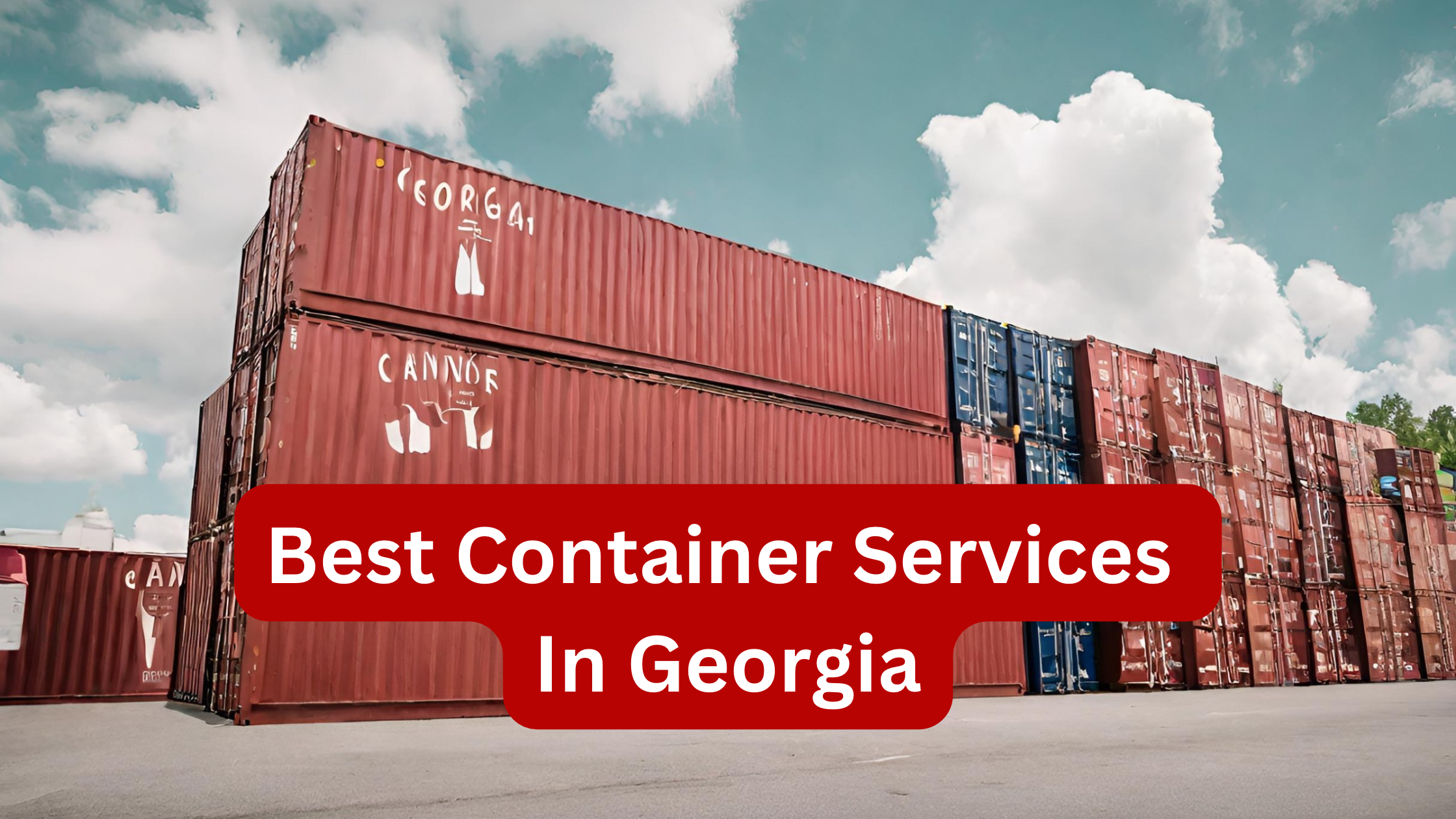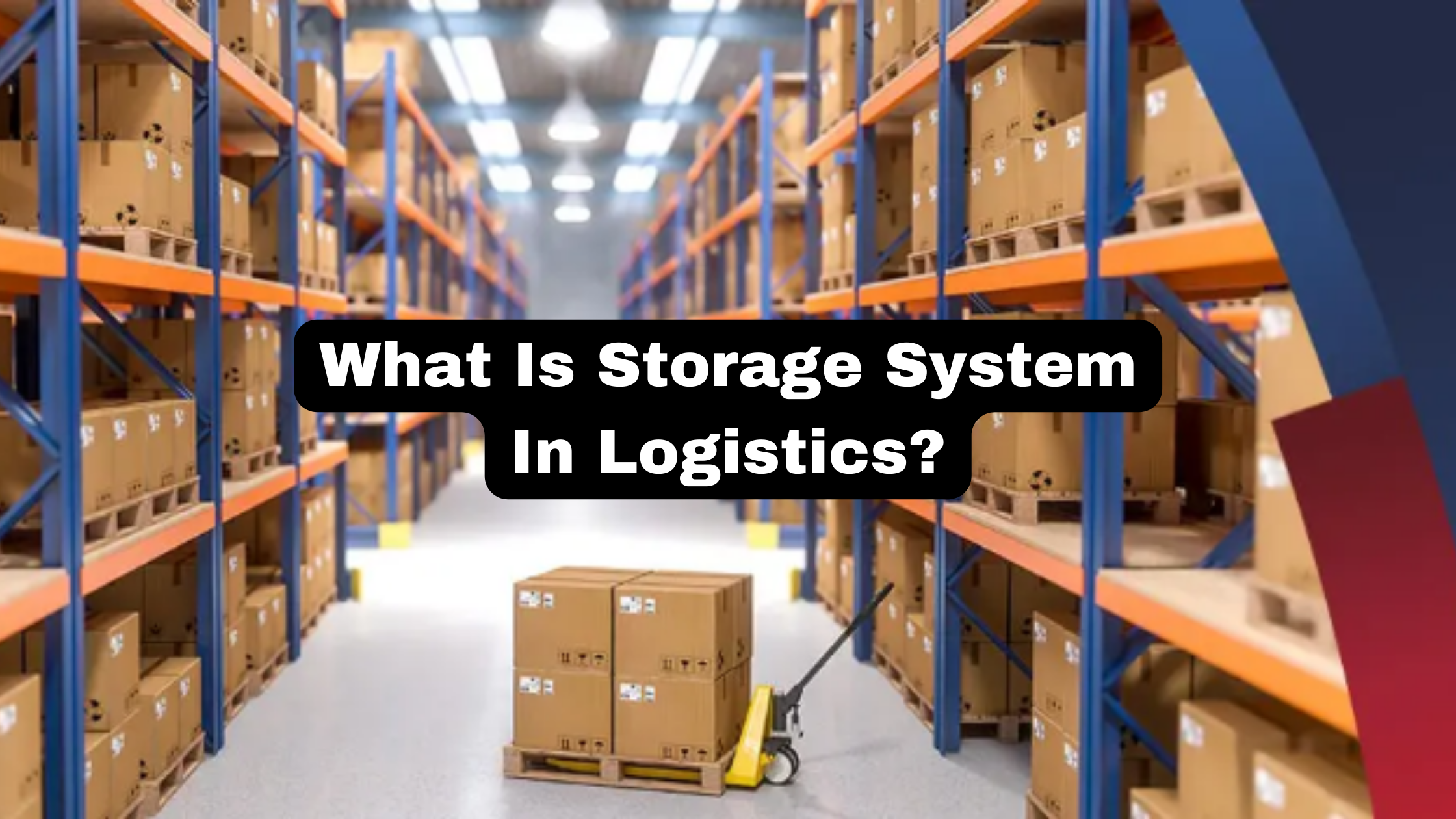If your company in the United States transports hazardous materials by any means—land, air, water, or rail—you must be aware of all federal hazmat transportation regulations. The rules, guidelines, and laws governing hazardous material transportation are not only complex but also constantly changing. You must stay informed about these regulations to ensure the safety of your drivers and their cargo.
In this article, we’ll go over the federal regulations for hazmat transportation in the United States. We’ll go over classification requirements, packaging standards, driver qualifications, training requirements, labeling rules, and recordkeeping practices, among other things. Our goal is to help you become more acquainted with regulatory requirements so that you can confidently manage your hazmat transportation operations.
Overview of Hazmat Transportation Regulations
Transporting hazardous materials is a serious responsibility, and doing it safely and legally is essential. As a result, the federal government has created rules and regulations to help ensure the safety of people transporting hazardous materials.
These rules, found in Title 49 of the Code of Federal Regulations (CFR), outline detailed definitions, packaging requirements, labeling standards, emergency response information, training requirements, security plans, and other hazmat transportation requirements.
You must also be aware of any applicable state or local regulations, as well as any other national or international rules for ground, air, or water transportation. You can ensure that your hazmat shipments are handled safely and properly if you follow all applicable laws and regulations and take extra precautions where necessary.
- Types of Hazmat Materials That Require Special Attention
Understanding which materials are considered hazardous is key to complying with federal regulations. Hazmat materials range from common items like aerosol cans and cleaning products to chemicals, explosives, radioactive materials, and other potentially dangerous goods. The Department of Transportation (DOT) breaks the hazmat categories into nine classes:
- Class 1: Explosives
- Class 2: Gasses
- Class 3: Flammable and Combustible Liquids
- Class 4: Flammable Solids, Spontaneously Combustible Materials, and Dangerous When Wet Materials
- Class 5: Oxidizers & Organic Peroxides
- Class 6: Toxic & Infectious Substances
- Class 7: Radioactive Materials
- Class 8: Corrosives
- Class 9: Miscellaneous Items & Substances
These are only the general categories; it’s important to refer to details specific to each item in your shipment when determining whether or not it must be labeled as hazmat. Federal regulations require specialized packaging, labeling, training for personnel involved in hazmat transport, compliance with certain route restrictions, and much more for materials classified as hazardous.
Five Categories of Hazardous Material Defined by the US DOT
When it comes to transporting hazardous materials, one of the most important things to know is the different categories of hazardous materials that the US Department of Transportation (DOT) defines. There are five main categories, each with its own rules and regulations for transport.
Explosives
Explosives are the first category. This includes materials that can explode under certain conditions, such as dynamite and fireworks. The DOT requires any hazmat vehicle transporting these materials to be segregated and to have a special license to handle such materials.
Gasses
The flammable gases category includes propane, acetylene, oxygen, natural gas, and hydrogen. Gases must be stored in approved containers with a release control system and transported with safety guards. Each type of gas also has its own specific set of regulations based on its hazard class, such as flammability levels and pressure limits.
Flammable & Combustible Liquids
Flammable liquids have flashpoints below 100 degrees Fahrenheit, while combustible liquids have flashpoints ranging from 101 to 200 degrees Fahrenheit. Gasoline, methanol, ethanol, and alcohol are a few examples. Special tanks or containers, as well as approved placards or labels, are required for transporting these products.
Hazardous Materials Classified as Poisons or Corrosives
Poisons and corrosives can be solids or liquids, and they frequently pose a health risk during transportation due to inhalation. These hazardous materials must be shipped in appropriate containers with proper labeling to ensure identification during transport.
Radioactive Materials
The last category is radioactive materials which can pose a significant health hazard if not handled properly during shipment due.
Training Requirements for Hazmat Transport Drivers
Drivers who transport hazardous materials must receive special training to do so safely. The Federal Motor Carrier Safety Administration (FMCSA) requires strict rules for hazmat driver training. Before transporting hazardous materials, hazmat drivers must take and pass a pre-employment test mandated by the Department of Transportation, and they must retake this test every two years. Drivers must also complete FMCSA-approved safety training programs that cover general awareness and familiarisation, safety regulations, security awareness, the driver’s role, and emergency response information. Companies must conduct background checks on all hazmat drivers before allowing them to transport hazardous materials.
Documentation and Marking Requirements for Hazmat Materials
When it comes to transporting hazmat materials, documentation and markings are key. The U.S. Department of Transportation has specified guidelines that must be followed to safely transport hazardous materials, and they are strictly enforced.
Hazardous Materials Marking
The Department of Transportation requires all hazardous material carriers to clearly mark their trucks with the words “hazmat,” as well as provide a list of the materials being transported and their classifications. These markings are critical for emergency responders in the event of an incident during transportation.
Shipment paperwork
In addition to the hazardous material markings, hazmat carriers need to provide paperwork that contains information about their shipments, such as:
- Complete shipping descriptions
- Proper shipping names
- Hazard classification
- Packing group
- Identification numbers (UN/NA)
- Emergency response information
- Quantity being shipped within each package or container
- Incompatible materials being transported together
- Special instructions for the driver
Transportation vessels must also meet specific emergency response requirements based on the amount of material being shipped at one time and the type of material being transported (flammable, poisonous, or corrosive). The final checked-off shipment paperwork must be readily available during transport in case it is stopped by DOT personnel or police officers; carriers who do not have this paperwork may face fines or criminal charges if they transport materials that do not have the required documentation and markings.
All in all, staying up-to-date on the federal regulations for hazmat transportation is essential, and it is important to comply with the laws and update your knowledge on the newest laws, rules, and regulations. Hazmat transportation is a necessary but potentially dangerous task. It is your responsibility to have the proper safety protocols in place to ensure that everyone can remain safe. With the proper knowledge and safety protocols, you can ensure that your hazmat transportation is compliant with federal regulations and is as safe as possible.








